Introduction
In the vast culinary landscape of Asian cuisine, stir-fries stand as a testament to the art of rapid cooking that preserves the freshness and essence of ingredients. Among the myriad of stir-fry dishes, Stir-Fried Lotus Root and Shrimp (often abbreviated as Stir-Fried LR&S) shines as a delightful fusion of textures and flavors. This dish combines the crispiness of lotus root slices with the succulence of shrimp, all enveloped in a savory, aromatic sauce. Whether you’re a seasoned chef or an enthusiastic home cook, mastering the art of making Stir-Fried Lotus Root and Shrimp can elevate your culinary repertoire to new heights.
In this comprehensive guide, we’ll delve into every aspect of crafting this delightful dish, from selecting the freshest ingredients to perfecting your stir-fry technique. By the end, you’ll be equipped with the knowledge and skills necessary to create a Stir-Fried Lotus Root and Shrimp that will delight your taste buds and impress your guests.
Chapter 1: Understanding the Ingredients
1 Lotus Root
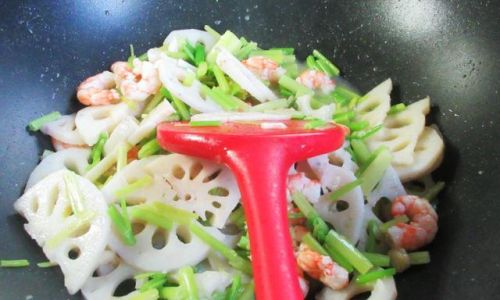
Lotus root (Nelumbo nucifera) is a versatile ingredient in Asian cuisine, known for its crisp texture and slightly sweet flavor. Its appearance resembles a long, segmented tube with holes running through its length. These holes not only add to its visual appeal but also allow for even cooking and the absorption of flavors.
When selecting lotus root, look for firm, unblemished pieces with clean cuts. Avoid those that are soft, discolored, or have mold. Fresh lotus root should have a slightly sweet aroma. Once purchased, store it in the refrigerator wrapped in damp paper towels to maintain its crispiness.
2 Shrimp
Shrimp are a staple in many stir-fry dishes due to their delicate flavor, tender texture, and high protein content. For Stir-Fried Lotus Root and Shrimp, choose medium to large shrimp for a satisfying bite. Look for shrimp that are firm, moist, and have a slightly sweet smell. Avoid shrimp that are slimy, have a strong odor, or are discolored.
When buying shrimp, you’ll encounter various terms related to their processing, such as peeled, deveined, and tail-on/tail-off. For Stir-Fried LR&S, peeled and deveined shrimp with tails on add a touch of elegance and make eating easier. However, if you prefer a cleaner look, tail-off shrimp are equally suitable.
3 Aromatics and Seasonings
The key to a flavorful stir-fry lies in the aromatics and seasonings. For Stir-Fried Lotus Root and Shrimp, essential ingredients include garlic, ginger, and scallions. These aromatics provide a foundation of flavor that complements the sweetness of lotus root and the umami of shrimp.
Seasonings such as soy sauce, oyster sauce, Shaoxing wine (or dry sherry), and sesame oil round out the dish, adding depth and complexity. A pinch of white pepper and sugar can also be used to balance the flavors.
Chapter 2: Preparation Techniques
1 Preparing Lotus Root
- Cleaning: Begin by rinsing the lotus root under cold running water to remove any dirt or debris.
- Peeling: Use a vegetable peeler or sharp knife to remove the outer skin. Be careful not to cut too deeply into the flesh, as this can affect the texture.
- Slicing: Cut the lotus root into thin rounds or half-moons, depending on your preference. Aim for slices that are about 1/4 inch thick to ensure even cooking.
- Soaking: Place the sliced lotus root in a bowl of water with a splash of vinegar to prevent discoloration. Soak for about 10 minutes, then drain and pat dry with paper towels.
2 Preparing Shrimp
- Peeling and Deveining: If your shrimp are not already peeled and deveined, do so carefully. Use a sharp knife to make a shallow cut along the back of each shrimp, then remove the dark intestinal vein with the tip of the knife or a toothpick.
- Rinsing: Rinse the shrimp under cold water to remove any residue. Pat them dry with paper towels to remove excess moisture, which can cause steaming and prevent even browning.
- Marinating: In a bowl, combine the shrimp with a splash of Shaoxing wine, a pinch of salt, and a dash of white pepper. Mix well and let them marinate for about 15 minutes.
3 Preparing Aromatics
- Garlic: Peel and mince the garlic cloves finely.
- Ginger: Peel the ginger and slice it into thin matchsticks or mince it, depending on your preference.
- Scallions: Trim the roots and tops of the scallions. Slice them into thin rounds, separating the white and green parts for staggered cooking.
Chapter 3: Stir-Fry Techniques
1 Heating the Wok or Pan
The secret to a successful stir-fry lies in the high heat. Preheat your wok or large, flat-bottomed pan over high heat until it’s smoking hot. This ensures that the ingredients sear quickly, locking in juices and flavors.
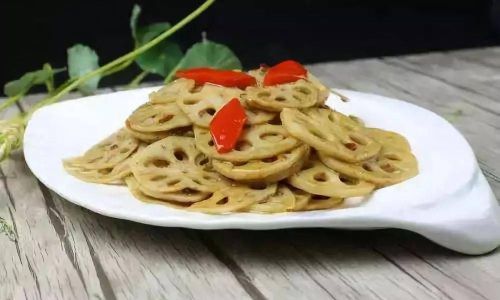
2 Cooking Oil
Use a high-smoking-point oil such as peanut, vegetable, or grapeseed oil for stir-frying. Pour just enough oil to coat the bottom of the wok or pan. The oil should shimmer but not smoke excessively.
3 Stir-Frying the Aromatics
- Garlic and Ginger: Add the minced garlic and ginger to the hot wok. Stir-fry for about 30 seconds until fragrant but not burnt.
- Scallion Whites: Add the white parts of the scallions and stir-fry for another 30 seconds.
4 Stir-Frying the Lotus Root
- Adding Lotus Root: Spread the lotus root slices in a single layer in the wok. Allow them to sear undisturbed for about 1 minute on each side to develop a golden-brown crust.
- Stirring: Once the lotus root is lightly browned, stir occasionally to ensure even cooking. Cook for about 3-4 minutes until the slices are tender-crisp.
5 Stir-Frying the Shrimp
- Adding Shrimp: Push the lotus root to the sides of the wok and make a space in the center. Add the marinated shrimp in a single layer.
- Cooking Shrimp: Allow the shrimp to sear for about 1 minute on each side until they turn pink and opaque. Stir occasionally to avoid overcooking.
6 Sauce and Final Stir-Fry
- Adding Sauce: In a small bowl, mix together soy sauce, oyster sauce, Shaoxing wine, a pinch of sugar, and a dash of sesame oil. Pour the sauce over the shrimp and lotus root, stirring quickly to coat all ingredients evenly.
- Cooking Sauce: Stir-fry for another 1-2 minutes until the sauce has thickened slightly and the flavors have melded together.
7 Finishing Touches
- Adding Scallion Greens: Stir in the green parts of the scallions. Cook for another 30 seconds until wilted.
- Taste and Adjust: Taste the dish and adjust the seasoning with additional soy sauce, sugar, or white pepper if needed.
8 Serving
Transfer the Stir-Fried Lotus Root and Shrimp to a serving dish and garnish with additional chopped scallions or sesame seeds if desired. Serve immediately while hot to enjoy the best texture and flavor.
Chapter 4: Tips and Variations
1 Tips for Perfect Stir-Frying
- High Heat: Always use high heat to sear the ingredients quickly and lock in juices.
- Don’t Crowd the Pan: Stir-fry in batches if necessary to avoid overcrowding, which can lower the temperature and steam the ingredients.
- Constant Stirring: Stir frequently but gently to prevent sticking and ensure even cooking.
- Hot Ingredients: Make sure all ingredients are at room temperature or warmer before adding them to the wok. Cold ingredients can lower the temperature and slow down the cooking process.
2 Variations
- Vegetarian Option: Replace the shrimp with tofu or tempeh, marinated similarly to the shrimp.
- Spicy Kick: Add a splash of chili sauce or sliced fresh chili peppers to the sauce for a spicy twist.
- Garnishes: Enhance the presentation with garnishes such as chopped cilantro, toasted sesame seeds, or sliced green onions.
- Additional Vegetables: Incorporate other vegetables like bell peppers, snap peas, or baby corn for added color, texture, and nutrition.
Conclusion
Stir-Fried Lotus Root and Shrimp is a delightful dish that combines the crispiness of lotus root with the succulence of shrimp, all enveloped in a flavorful sauce. By following the steps outlined in this guide, you’ll be able to create a dish that is not only visually appealing but also bursting with
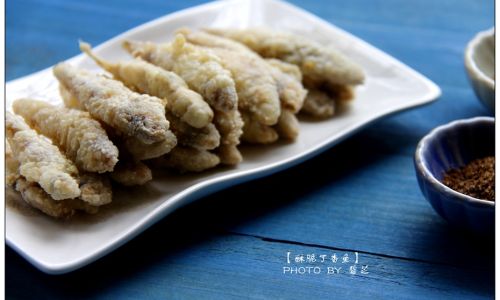

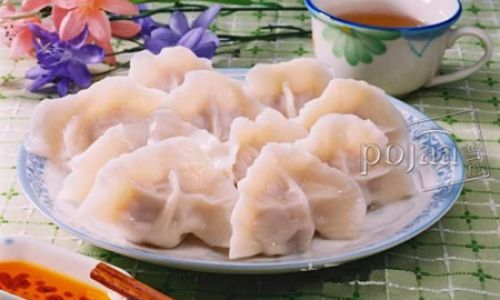
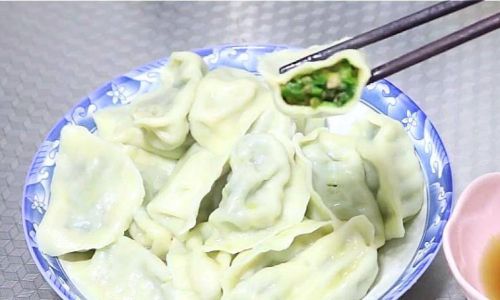
0 comments